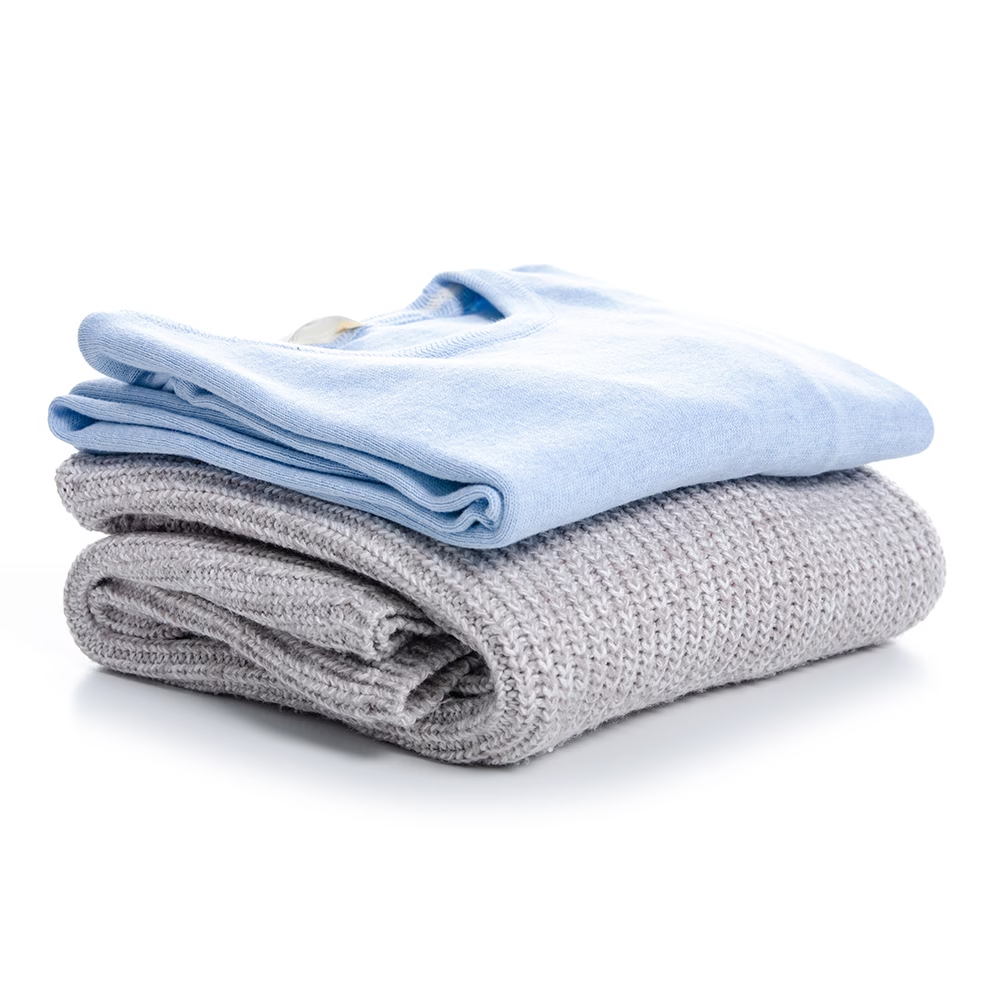I’ve been exporting apparel for 12 years, and one question haunts every buyer I meet: “My garments use top-tier fabric—why do they feel ‘cheap’ next to luxury brands?” Last quarter, a rising Seoul brand sent me their line of linen shirts: beautiful fabric, perfect stitching… but clients returned them for feeling “scratchy at the neckline” and “stiff under the arms.” I visited their factory, touched a shirt, and immediately saw the problem: their linings were rough polyester, and their collar stands were glued (not stitched) to the shirt.
Luxury isn’t just about what you see—it’s about the invisible details that make clothing feel like a second skin. As an exporter who’s dressed Parisian boutiques and Tokyo minimalists, I’ve learned: the right inner workings turn “good fabric” into “unforgettable wear.” Today, I’ll break down 4 overlooked details that separate “basic” from “bespoke”—and how to nail them for your brand.

Detail 1: Collars & Shoulders—The “Invisible Skeleton” That Holds Shape
Ever noticed how luxury blazers keep their structured look after years? It’s not magic—it’s collar stand craftsmanship. A cheap collar will flop, stretch, or gap because it’s either glued to the shirt (prone to peeling) or uses flimsy interfacing.
Real Fix from the Field: A Parisian brand, Éclat, struggled with their cashmere sweaters losing their V-neck shape after 5 washes. We swapped their glued-on collar stands for hand-stitched cotton-poly interfacing—thin enough to stay hidden, but strong enough to hold the collar’s crispness. We also added a stay tape along the neckline seam to prevent stretching. The result? Their sweaters now retain their shape for 20+ washes—clients call them “the sweater that never wilts.”
Pro Tip: For lightweight fabrics (linen, cotton), use horsehair canvas interfacing—it’s breathable but rigid enough to maintain structure. For knits, opt for knit interfacing (no stiffening!) to avoid bulk.
Detail 2: Linings—The “Second Skin” That Defines Comfort
Linings are the unsung heroes of outerwear and structured pieces. A scratchy polyester lining makes even the most expensive wool coat feel like sandpaper. Luxury brands use linings as a branding tool—think Chanel’s signature silk lining, or Brunello Cucinelli’s merino wool linings.
Case Study: A Tokyo-based label, Muji-esque, wanted to elevate their linen trench coats. They’d been using a basic polyester lining, which made the coats feel “stiff.” We recommended 100% cotton voile lining—breathable, soft, and matching the coat’s relaxed vibe. We also added weightless shoulder pads (1mm thick) to prevent the lining from bunching at the shoulders. The coats now sell out in 2 weeks—buyers rave about “feeling like you’re wrapped in cloud cloth.”
Quick Guide to Linings:
- Silk: Best for blazers/dresses (luxurious, but expensive).
- Cotton Voile: Ideal for linen/ cotton outerwear (soft, breathable).
- Acetate: Great for budget-friendly pieces (smooth, durable).
Detail 3: Seams—The “Zero Friction” Secret to Longevity
Ever had a sweater pill at the seam? Or a dress rip after a few wears? Blame rough seam finishes. Luxury garments use seam techniques that minimize friction—so clothes last longer and feel smoother against the skin.
Two Techniques to Steal:
- French Seams: Encloses raw edges inside a second seam—perfect for lightweight fabrics (silk, chiffon) to prevent fraying.
- Flat-Felled Seams: Sewn twice to create a flat, durable seam—ideal for denim or workwear (no scratchy ridges!).
Real Example: A Nordic brand, Fjalraven, was getting returns on their wool jackets for pilling at the armholes. We switched from overlock seams to flat-felled seams and added a bonded interfacing along the seam line. The pilling stopped entirely—now their jackets are marketed as “wearable for a decade.”
Detail 4: Buttons & Snaps—The “Tiny Touches” That Scream Luxury
Buttons are the jewelry of apparel—but most brands treat them as an afterthought. A loose button or a scratchy snap can ruin the entire feel of a garment. Luxury brands use custom buttons (shell, bone, or wood) and precision-machined snaps that fit perfectly.
My Go-To Trick: For a Milanese shirt brand, we sourced mother-of-pearl buttons (cut to match their fabric’s weave) and replaced their plastic snaps with metal box snaps (with a softer clasp). The shirts now cost 30% more—but sell out faster because buyers notice “every little thing is perfect.”
Pro Tip: Test your buttons for colorfastness (will they fade?) and snap strength (will they pop open after 10 washes?). Use a snap tester—you can buy one for $20, and it’ll save you thousands in returns.
FAQs: Your Inner Detail Questions, Answered
Q: How do I keep lining color consistent for small batches (50-100 pcs)?
A: Partner with micro-factories that use spectrophotometers to match color swatches—even with deadstock fabric. We did this for a Seoul client: their 80 blazers had zero color variations, even though we used leftover Italian silk from a larger order.
Q: My knit shirts pill at the collar—what’s the fix?
A: Switch to knit interfacing (not woven!) for the collar stand. Woven interfacing is too stiff and causes pills. We fixed this for a London brand—their knits now stay smooth for 15+ washes.
Q: Is silk lining worth the cost for a mid-range brand?
A: Yes—but use dupioni silk (cheaper than charmeuse) for linings. It’s still luxurious but costs 40% less. A Barcelona client tried it—their blazers sold 2x faster because buyers felt the “silky difference.”
Wrapping Up: Details Are Your Brand’s Differentiator
At Sheen, we don’t just export clothes—we export the feeling of luxury. Our “Inner Detail Toolkit” for buyers includes:
- A cheat sheet for choosing linings (by fabric type and season).
- Sample swatches of our favorite collars/interfacings (cotton, silk, knit).
- Free seam finish consultations—if you send us your fabric, we’ll recommend the best technique.
Stop letting “good enough” fabric hold your brand back. The magic is in the details—those tiny, invisible touches that make customers say, “This feels different.”
Stay curious about the craft. Stay obsessed with the details. Stay Sheen.
P.S. Got a garment that’s “almost luxury”? Share your fabric + problem—we’ll reply with a step-by-step fix!

